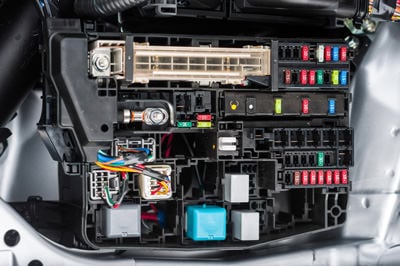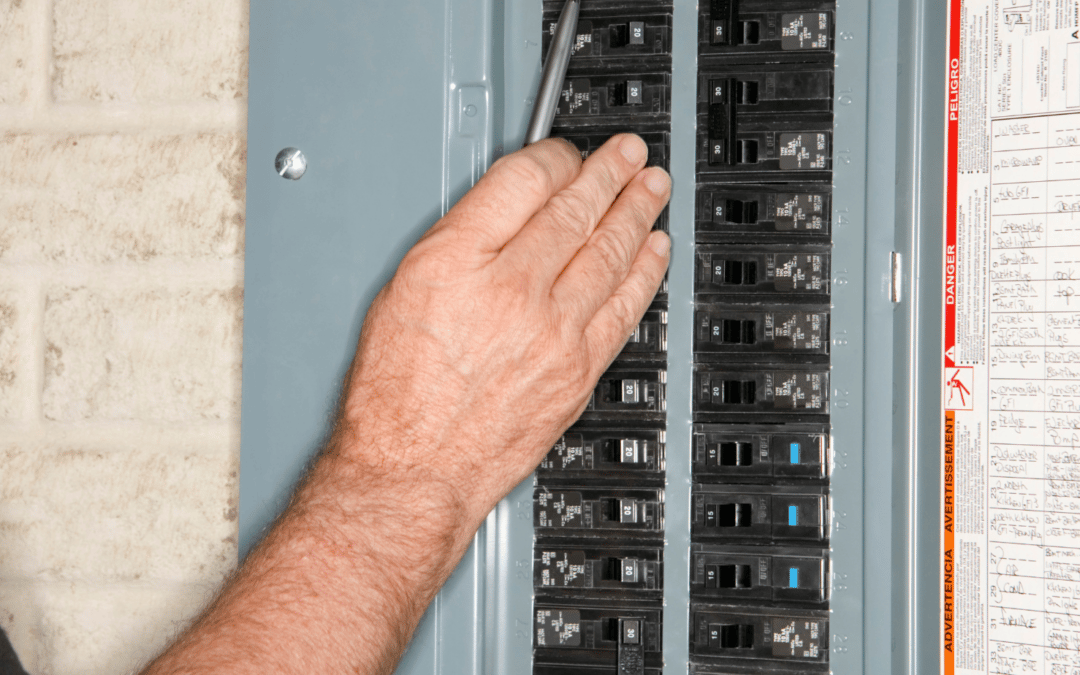Effective electrical system troubleshooting you can count on.
Effective electrical system troubleshooting you can count on.
Blog Article
Top Tips for Effective Electrical System Troubleshooting
Fixing electric systems calls for a systematic method, grounded in a detailed understanding of electrical concepts and security protocols. By familiarizing oneself with circuit components, making use of essential tools, and adhering to an organized examination approach, specialists can successfully determine and solve concerns. Nonetheless, the subtleties of reliable repairing prolong past plain technical understanding; comprehending how to document searchings for and focus on safety and security can considerably influence results. As we check out these essential aspects even more, it ends up being clear that understanding this procedure is not just useful however vital for success in the area.
Understand the Essentials
Recognizing the fundamentals of electrical systems is essential for efficient troubleshooting, as a strong structure allows specialists to diagnose and solve concerns more effectively. A detailed understanding of electrical principles, such as voltage, present, resistance, and power, is essential in determining the source of problems. Voltage is the electrical potential difference that drives present via a circuit, while resistance opposes the circulation of current, influencing the total performance of the system.
Familiarity with circuit elements, consisting of resistors, capacitors, diodes, and changes, is additionally critical. Each component plays a distinct role in circuit behavior and can affect efficiency when malfunctioning. Additionally, comprehending series and identical circuit configurations is crucial, as these plans influence the circulation of voltage and present within the system.
Additionally, knowledge of security procedures is indispensable. Technicians must understand prospective dangers, such as shock and short circuits, to carry out risk-free troubleshooting techniques. By understanding these fundamental principles, specialists boost their capacity to perform effective diagnostics and repair services, eventually leading to enhanced performance and integrity of electrical systems. This fundamental knowledge is the keystone of effective fixing endeavors.
Gather Necessary Equipment
Effective troubleshooting of electrical systems needs the appropriate collection of devices to diagnose and deal with concerns properly. A well-equipped specialist can significantly boost efficiency and performance in recognizing troubles. Important tools consist of a multimeter, which gauges voltage, current, and resistance, permitting precise analyses of electrical elements. Secure meters are likewise useful for determining present without disconnecting the circuit, making sure safety and comfort.
In addition, protected hand tools such as screwdrivers, pliers, and cord pole dancers are essential for safely controling electric connections. It is also advisable to have a circuit tester handy to confirm the presence of voltage in outlets and cables. For more complicated systems, a thermal imaging electronic camera can aid detect overheating elements, showing potential failures.

Follow an Organized Approach
Having collected the ideal devices, the next step in troubleshooting electrical systems is to check this site out adhere to a systematic approach. A methodical strategy makes sure that specialists can determine faults effectively and accurately, minimizing downtime and stopping unneeded repairs.
Begin by assessing the system's schematic diagrams and specs. This involves checking each component systematically, starting from the power resource and functioning towards the lots.
Utilize screening devices, such as multimeters and oscilloscopes, to gather unbiased information about voltage, existing, and resistance at various points within the system. This empirical evidence will guide your troubleshooting efforts and aid to confirm or remove prospective reasons for failure.
Additionally, take into consideration ecological aspects that may affect the system's efficiency, such as temperature changes or moisture ingress. A detailed examination of circuitry, connections, and components will ensure that all possibilities are made up.
File Your Findings
Extensive paperwork is necessary in the fixing process of electric systems. This practice not just aids in understanding the root reason of the trouble yet likewise offers as a reference for future repairing initiatives.

Additionally, maintaining a log of parts changed or repairs carried out is indispensable. This info supports inventory administration and can aid examine the long life and dependability of certain elements.
Eventually, the paperwork procedure ought to be comprehensive yet concise, you could try here enabling easy retrieval and evaluation - electrical system troubleshooting. By prioritizing in-depth documents, service technicians can develop a valuable understanding base that not just help in present troubleshooting but likewise encourages future maintenance efforts, consequently improving total system integrity

Prioritize Precaution
Recognizing the inherent dangers connected with electric systems is important for ensuring safety during troubleshooting. Electrical shock, burns, and equipment damage are simply a few of the prospective dangers that technicians face. Focusing on safety and security steps is not just a legal responsibility but also a moral imperative that safeguards both the professional and the surrounding environment.
Prior to beginning any kind of troubleshooting task, professionals should wear ideal individual protective devices (PPE), including insulated handwear covers, shatterproof glass, and flame-resistant apparel. Guaranteeing that the workplace is dry and cost-free of clutter can substantially reduce the risk of accidents. It is essential to de-energize circuits before beginning any type of job, validating that they are not live with the usage of a multimeter or voltage tester.
Establishing clear communication procedures with employee is also important; this makes certain that everyone is mindful of potential threats and the condition of the electric system being serviced. Having an emergency response strategy in area can confirm indispensable in the event of an event. By prioritizing safety measures, professionals can efficiently alleviate dangers and his explanation cultivate a safer office.
Final Thought
Effective electrical system fixing depends on a thorough understanding of essential principles and a systematic method. Prioritizing safety and security procedures ensures the wellness of people included and the integrity of the electric system.
Report this page